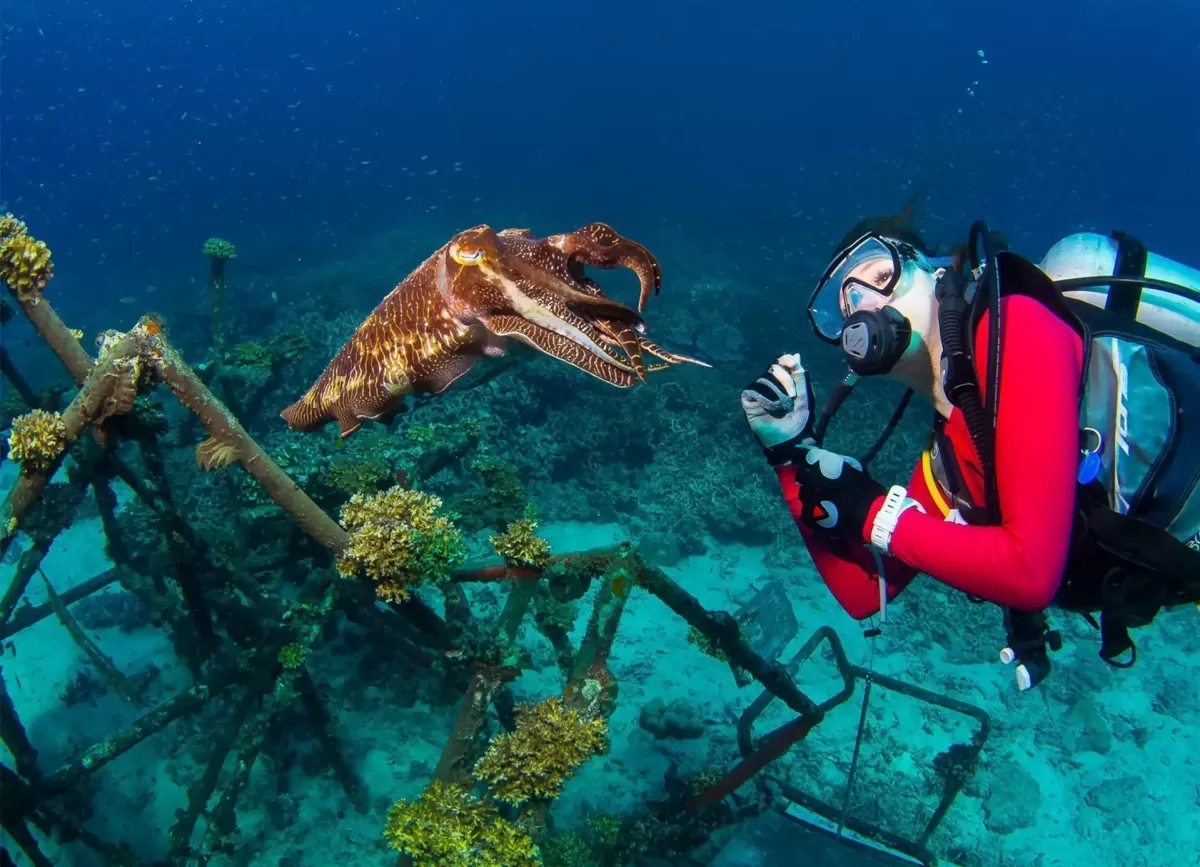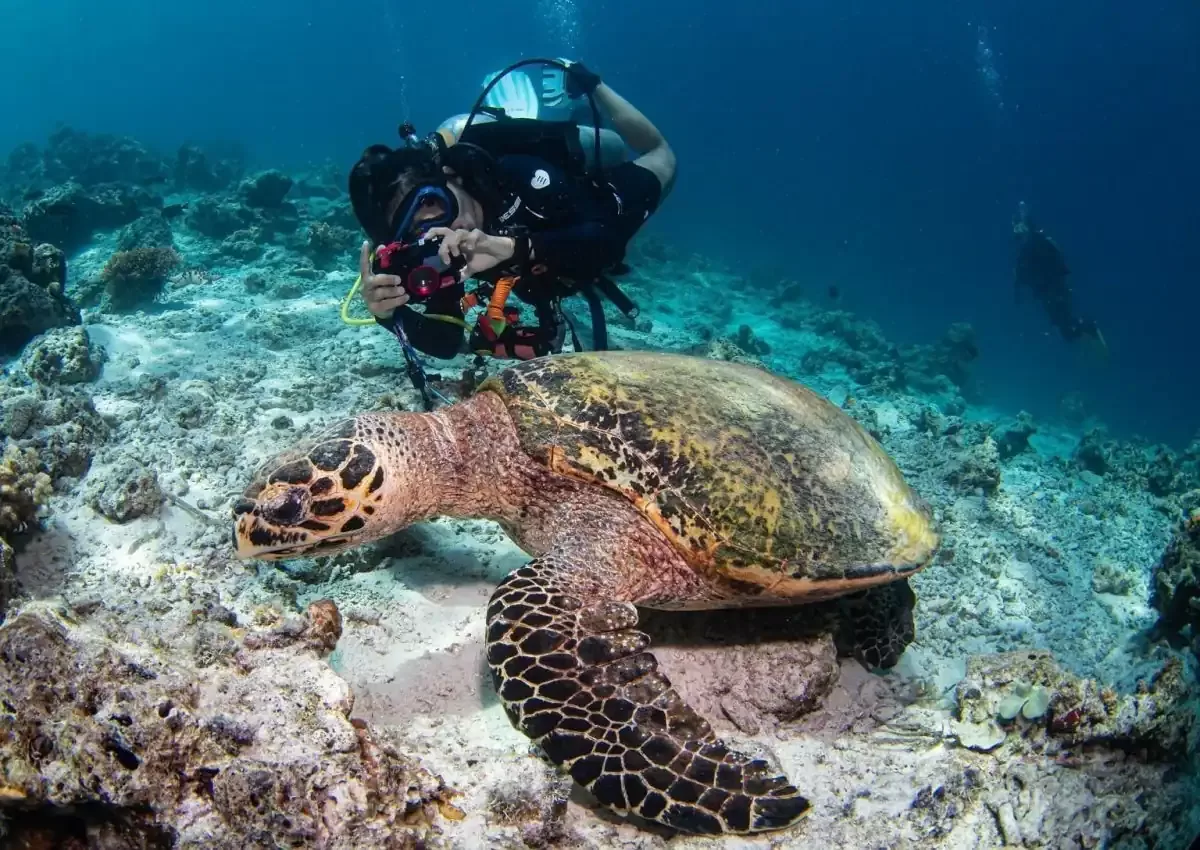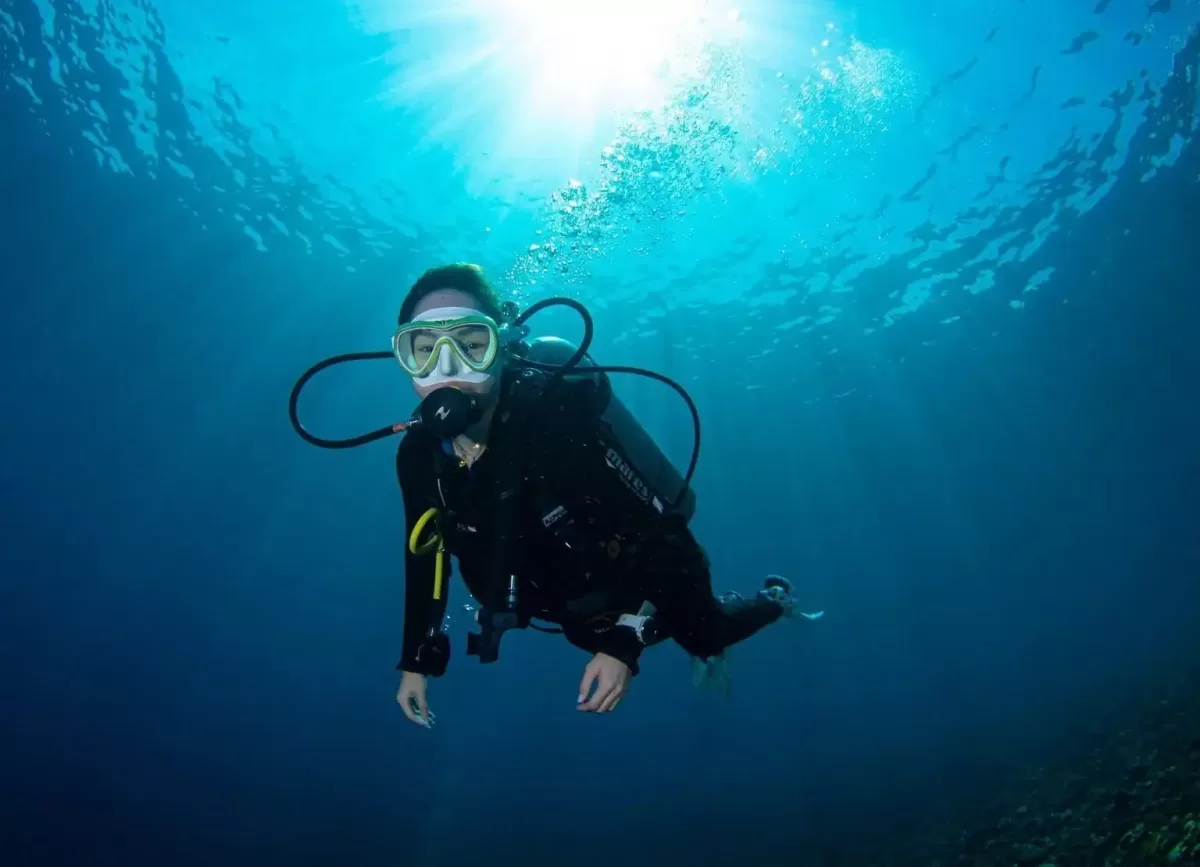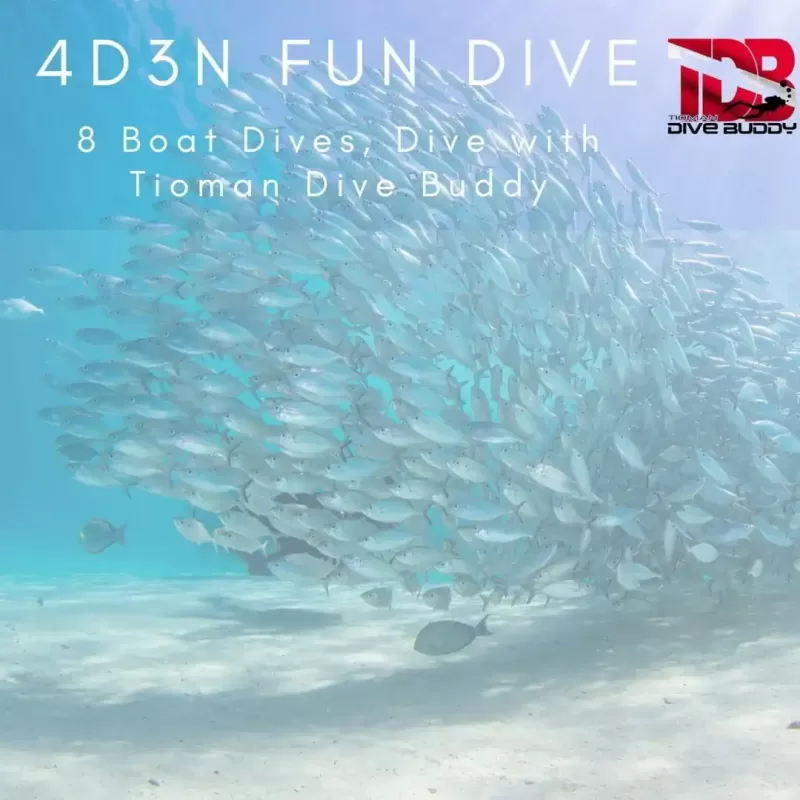Our Services
Tioman
Open Water Diver
Course
The world’s most famous Scuba Diving Course! Are you looking for an exciting new adventure? Look no further than the PADI Open Water Diver Course in Tioman.
Tioman
Advanced Open Water Diver Course
The PADI Advanced Open Water Diver Course is designed to build on the skills learned in the Open Water course and take your diving experience to the next level.
Tioman
Fun
Diving
Looking to do a fun dive trip in Tioman? Diving in Tioman is full of pristine coral reefs & schooling fish. TDB brings you highly enjoyable diving experience.
See What Our Guests Have Said About TDB!
Trustindex verifies that the original source of the review is Google. Yeannis instructor is the best, really professional! Came back again for AOWTrustindex verifies that the original source of the review is Google. 第一次來這裡考OW,How 教練教學很仔細;體驗感覺很好👍🏻Trustindex verifies that the original source of the review is Google. Nice place to learn diving, instructor Yeannis is nice😍Trustindex verifies that the original source of the review is Google. Had fun learning diving with instructor Chua. Bring lots of joy in the class and have a wonderful experienceTrustindex verifies that the original source of the review is Google. Find Chua as instructor Good good good!Trustindex verifies that the original source of the review is Google. 这家潜水学院体验超棒!教练非常专业且有耐心,细心指导每一个步骤,让人安心又充满信心。无论是新手还是有经验的潜水者,都能在这里收获难忘的体验!Trustindex verifies that the original source of the review is Google. very nice experience coach is very professional, guding us so patiently. the views of sea botton very gorgeous.
View Our Scuba Diving Courses | Dive in Tioman
PADI Open Water Diver Course
RM1,398.00 – RM1,968.00PADI Advanced Open Water Diver Course
RM1,298.00 – RM1,738.004D3N Fun Dive in Tioman
RM1,055.00 – RM1,610.00
Gallery
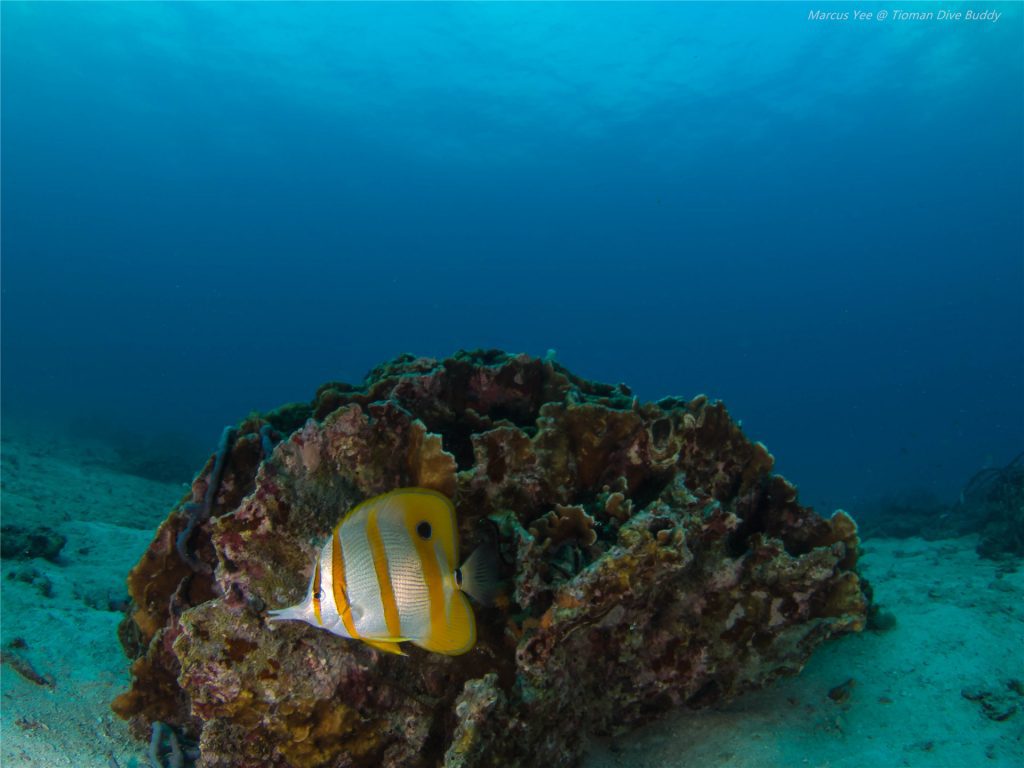
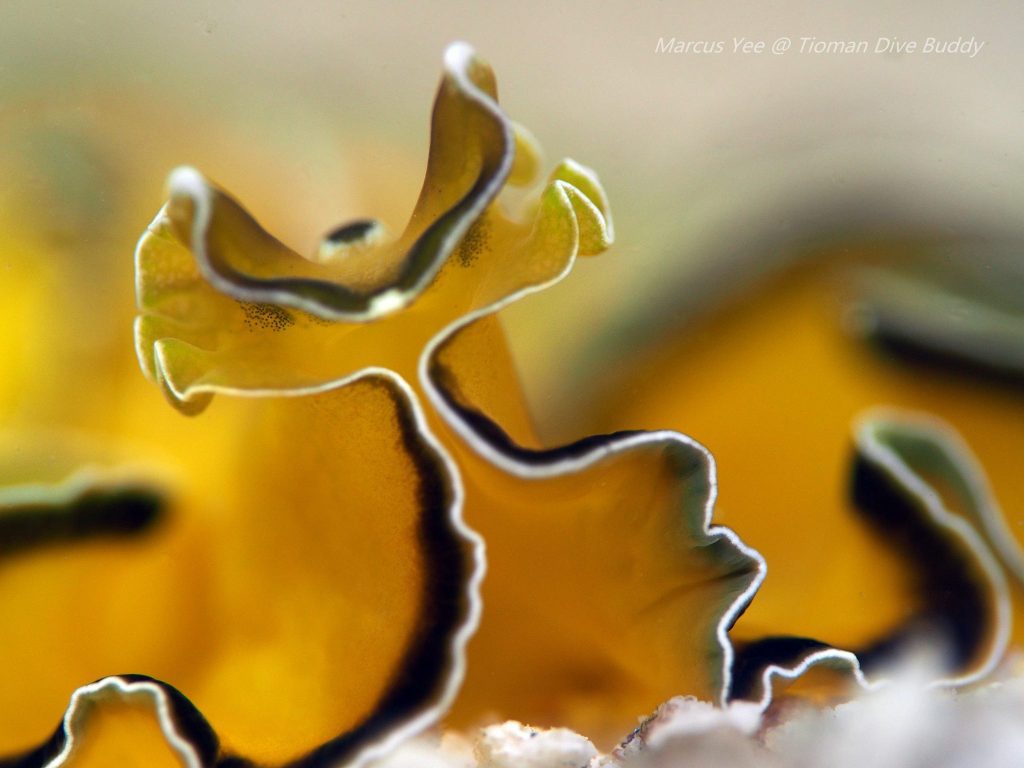
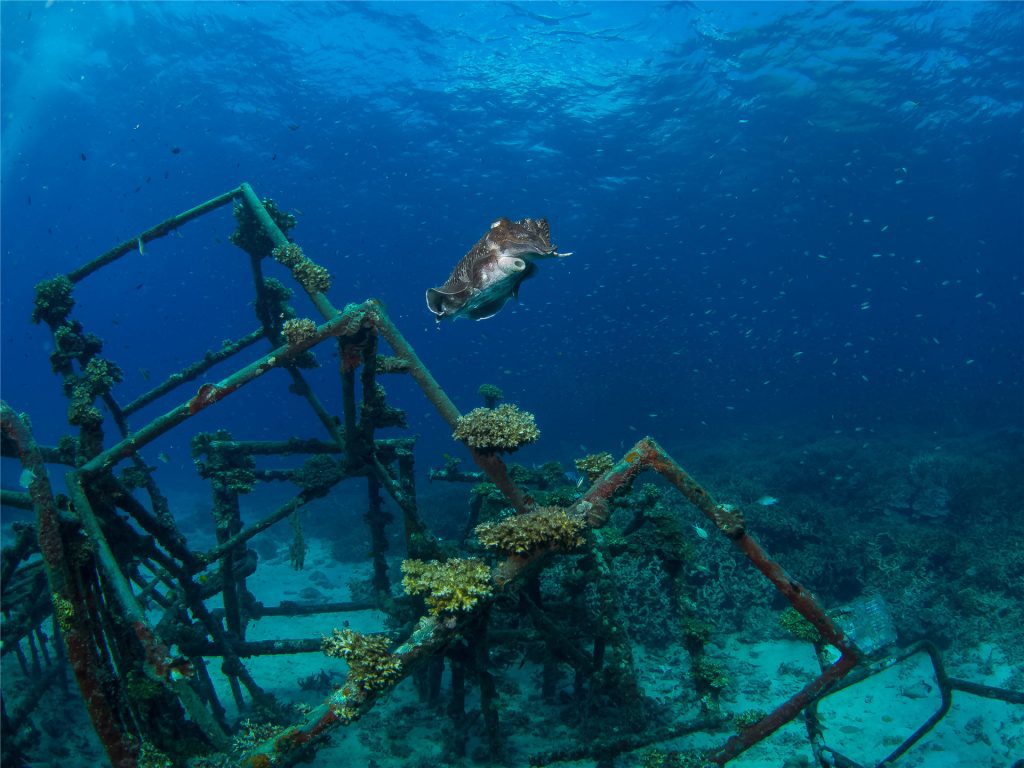
Meet Our Team
We are a team of PADI professionals, ready to do what ever it takes to make you have the best diving experience with Tioman Dive Buddy.
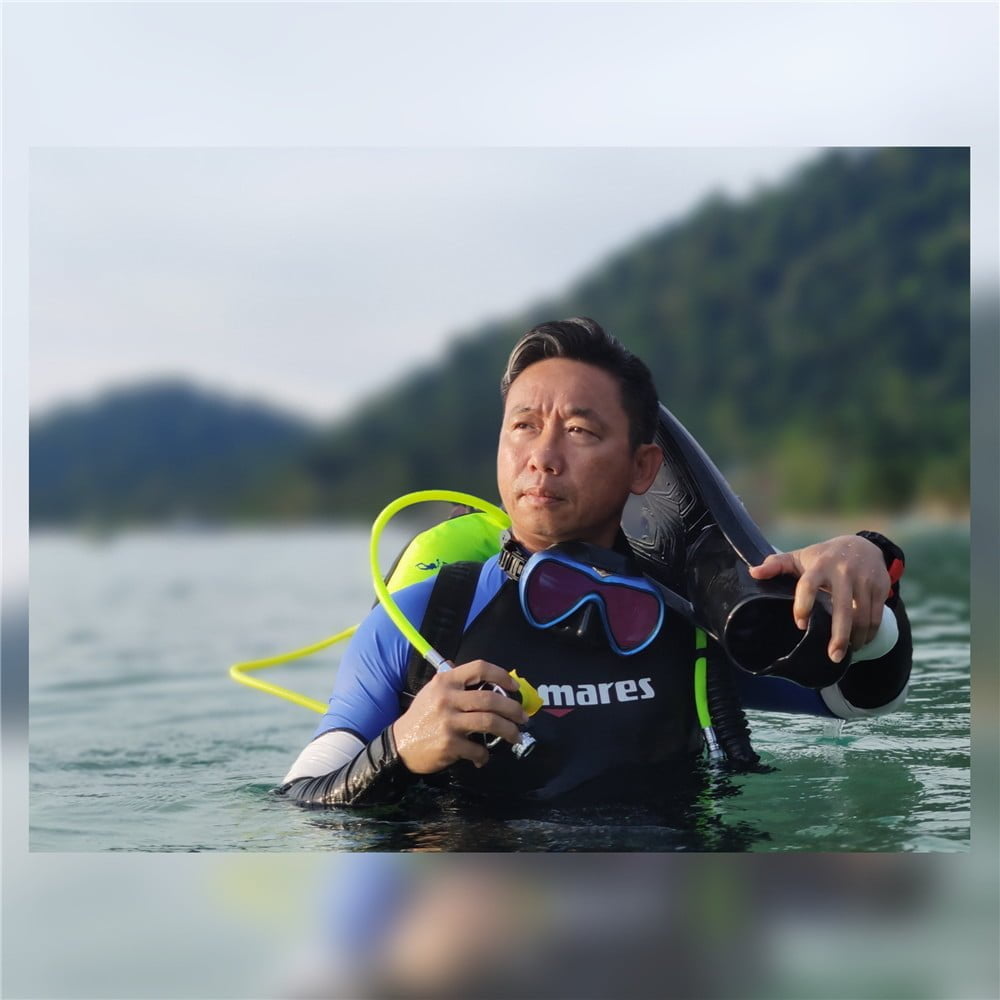
Kimi
Co-Owner / PADI Instructor

Kim
PADI Instructor

Chua
PADI Instructor
Dive in Tioman
Experience the Ultimate Adventure with our Tioman Diving Package and Course, Plus Unforgettable Snorkeling in Tioman!
Looking for an extraordinary diving experience? Look no further! Our Tioman Diving Package offers everything you need to explore the mesmerizing underwater world of Tioman Island. Dive into the depths of crystal-clear waters, teeming with vibrant coral reefs, exotic marine life, and breathtaking underwater landscapes.
Our comprehensive Scuba Diving Course is perfect for both beginners and experienced divers. Our certified instructors will guide you through every step, ensuring your safety and providing valuable insights into the world of scuba diving. Master essential skills, learn about marine conservation, and earn your diving certification in no time.
Not a fan of diving? No worries! Tioman Island also offers incredible snorkeling opportunities. Immerse yourself in the warm tropical waters and witness the colorful coral gardens up close. Our Snorkeling in Tioman experience guarantees an unforgettable adventure for all ages and skill levels.
Whether you choose our Tioman Diving Package, Scuba Diving Course, or Snorkeling in Tioman, you’ll be treated to an unparalleled adventure in one of Malaysia’s most breathtaking destinations. Book your adventure today and create memories that will last a lifetime!




